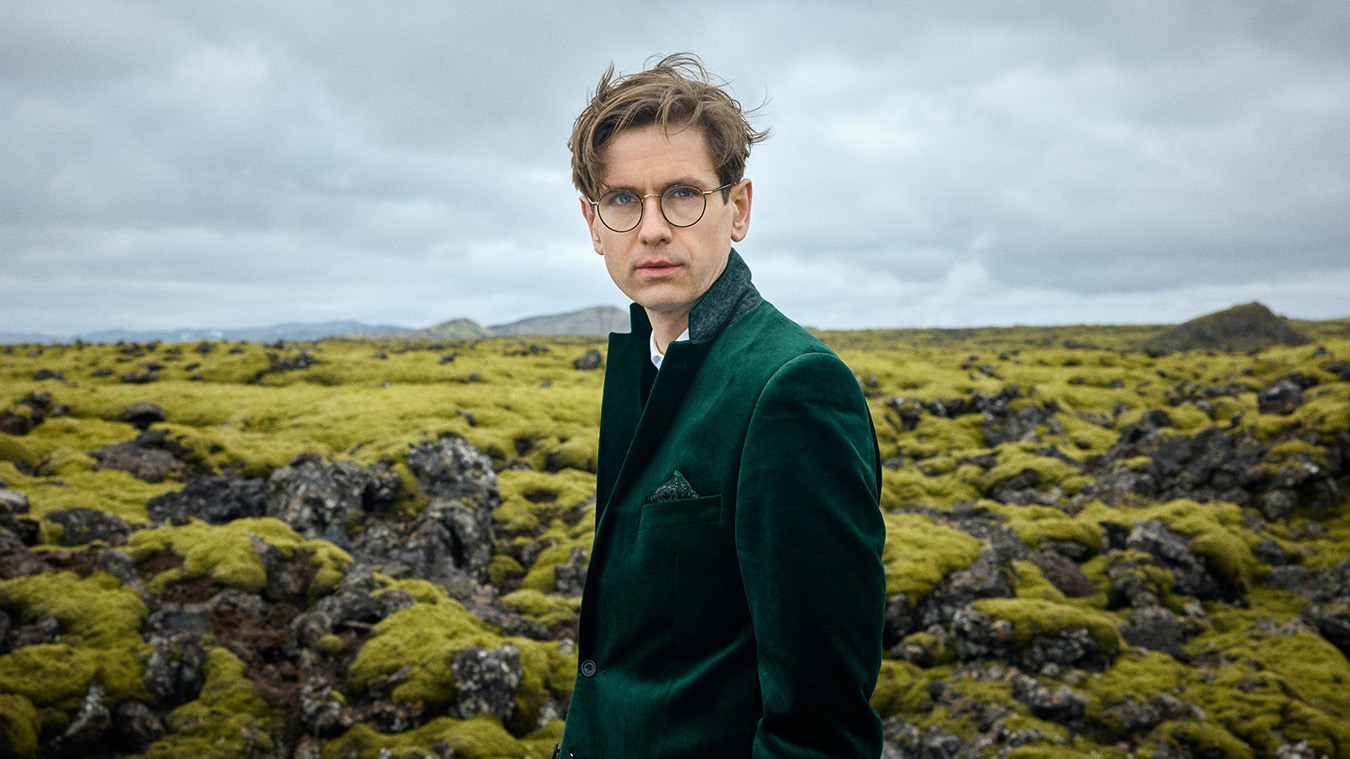The new School of Art symposium on photography in Asian continues April 7-9 virtually with “Photography and Taiwan: History and Practice.”
Organized by the School of Art Assistant Professor Dr. Jeehey Kim, the symposium includes numerous photography curators and historians from such institutions as National Taiwan Museum of Fine Arts, National Taiwan University of Arts, Chong-Moon Lee Center for Asian Art & Culture, University of Sydney, California College of the Arts, University of Washington, University of Minnesota and more.
The series, co-presented by the Center for Creative Photography and Arizona Arts.
>> Visit the Symposium Website | Register Now!
>> Photography and Korea: official website | press release

Photography and Taiwan: History and Practice
The Scottish photographer John Thomson (1837-1921) traveled to Taiwan, taking pictures of the aboriginal people on the island in 1871. He included the photographs of Taiwan and its people in his 1898 book “Through China: with a Camera.” Thomson’s short stay in Taiwan was facilitated by European imperial advance to China as he had established his own studio in Hong Kong two years before the trip. It is also notable that his book was published three years after the island’s colonization by Japan. From 1895 to 1945, Japanese colonialism structured photographic practices and culture in Taiwan. Visualization of the indigenous people was a part of ethnographic and anthropological studies during the colonial period, while the Han Chinese opened studios in urban centers and went to Japan to learn the technology. The Cold War hegemony played a crucial role in the postcolonial Taiwanese society, impacting photographic practices in various ways.
How did the Japanese photographers visualize Taiwan and its people during the colonial period? What have women photographers address in their photographic practices? How did Taiwanese photographers interact with postcolonial and the Cold War social changes through their works? What distinguishes Taiwanese photography from Chinese, and how do the two entities interact with and challenge each other? What colonial legacy has been continued and denounced in Taiwanese photographic scenes? Are there different ways of interpreting prominent photographers, including Deng Nan-Guang and Chang Chao-Tang?
Due to the COVID-19 pandemic, the symposium will be held entirely online to accommodate a broader audience in Taiwan, the U.S., and other countries. In addition, due to the time difference between Taiwan and Arizona, the symposium is held for three days with only afternoon panels in Tucson (morning panels in Taiwan), while the recorded sessions will be available on the YouTube channel of the Center for Creative Photography for those who miss the event. The symposium will be held online without being recorded.
The symposium will be delivered both in English and Chinese with interpreters.
Register Now!




